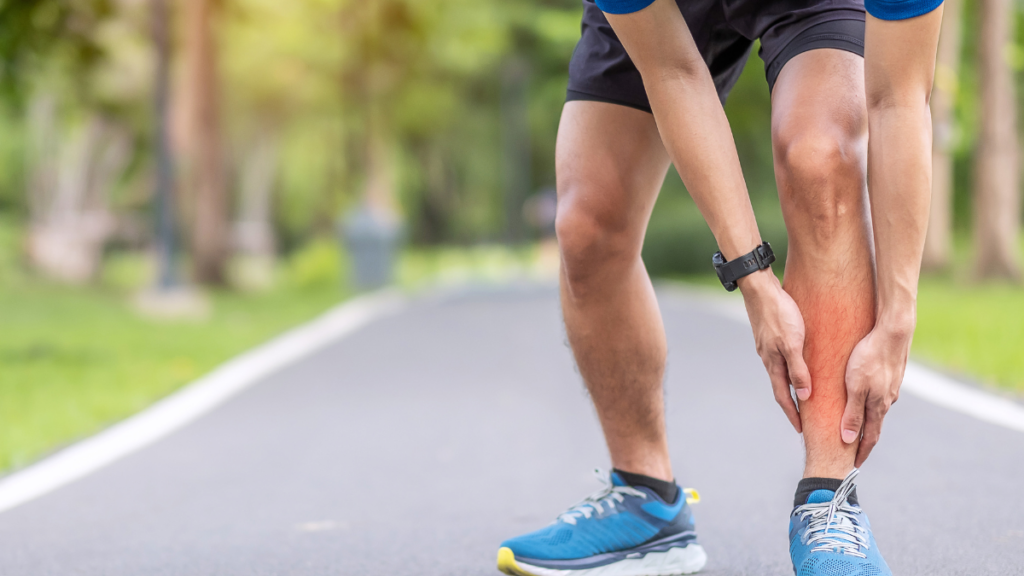Welcome back to Snack Cast everyone. We recently had someone in the Facebook group asking about shin splints. So we thought we would talk about that briefly this morning. What are they? What can you do short-term versus long-term?
What are shin splints? They are micro tears in the muscle that connects to the bone. Have you ever had them? Oh, yeah. They are painful, and not fun at all. Most of the time they are caused by overuse. So outside of micro-tears, what happens, and how can we prevent it? First thing is to address what causes them which you touched on. It’s impact, it’s repetitive motion, especially if you haven’t worked out in a while. You go out there for the first time and you’re getting five or six workouts in and then you start feeling this pain that you haven’t felt before. An immediate jump in the level of your workout can be the cause if you increase your pace, or try to go farther. Also, surfaces can have an impact. Running on hard surfaces over and over and over. Grass versus asphalt versus concrete.
There’s not a lot of tremendous damage you can do from what I gather but obviously, I would rest immediately. It is painful, it’s kind of like touching a hot stove. And to your point of rest maybe that doesn’t mean totally taking off it may just mean doing some cycling for a while instead of walking or running. You’re just resting that area, but you want to keep the exercise going. Keep some sort of exercise going. Strengthen other muscles. Everything’s connected. Your abs are connected to your hammies connected to your glutes. Use this as an opportunity to strengthen another area. Other core muscle groups. What else? I stressed changing the range of motion and then there is compression. I’ve never been a big compression guy. But, there are a lot of people who attest to it. And then for immediate relief, anti-inflammatories, aspirin, and ibuprofen.
So long term, you touched on core muscle groups and strengthening those. What else? Shoes are huge. Get fitted for shoes at your local shoe store. They can do an analysis of your running and your gait. How does your heel strike, the ball strike? Do you pronate or supinate? We all move differently and I know for me, I don’t know if it’s supinate a pronate but when I injure the lower leg it’s generally on the outside of the leg. Even the size of the shoe is important. I was getting a bunch of shin splints before when I had a narrow-sized shoe and evidently I have a wide foot. I have a flat foot and that can also be an issue. I need to order extra wide sneakers or I start to develop shin splints.
If shoes don’t help long-term, in strengthening core muscles then I think the next level is really to go get a coach, get someone that can watch what you’re doing. Change your gait, and change how you impact the ground. Even short term, we talked about what are you running on? Run on asphalt rather than concrete. If you can find a local track that you can run. Rubber Tracks are great. All those things will help and stretch. I’m a big advocate of stretching in this regard as well. Alright, so we’re out of time. I was really a quick blast into shin splints and kind of just touching on what they do.
If you have any other ideas post in the group or email us at snackcast@yes.fit


